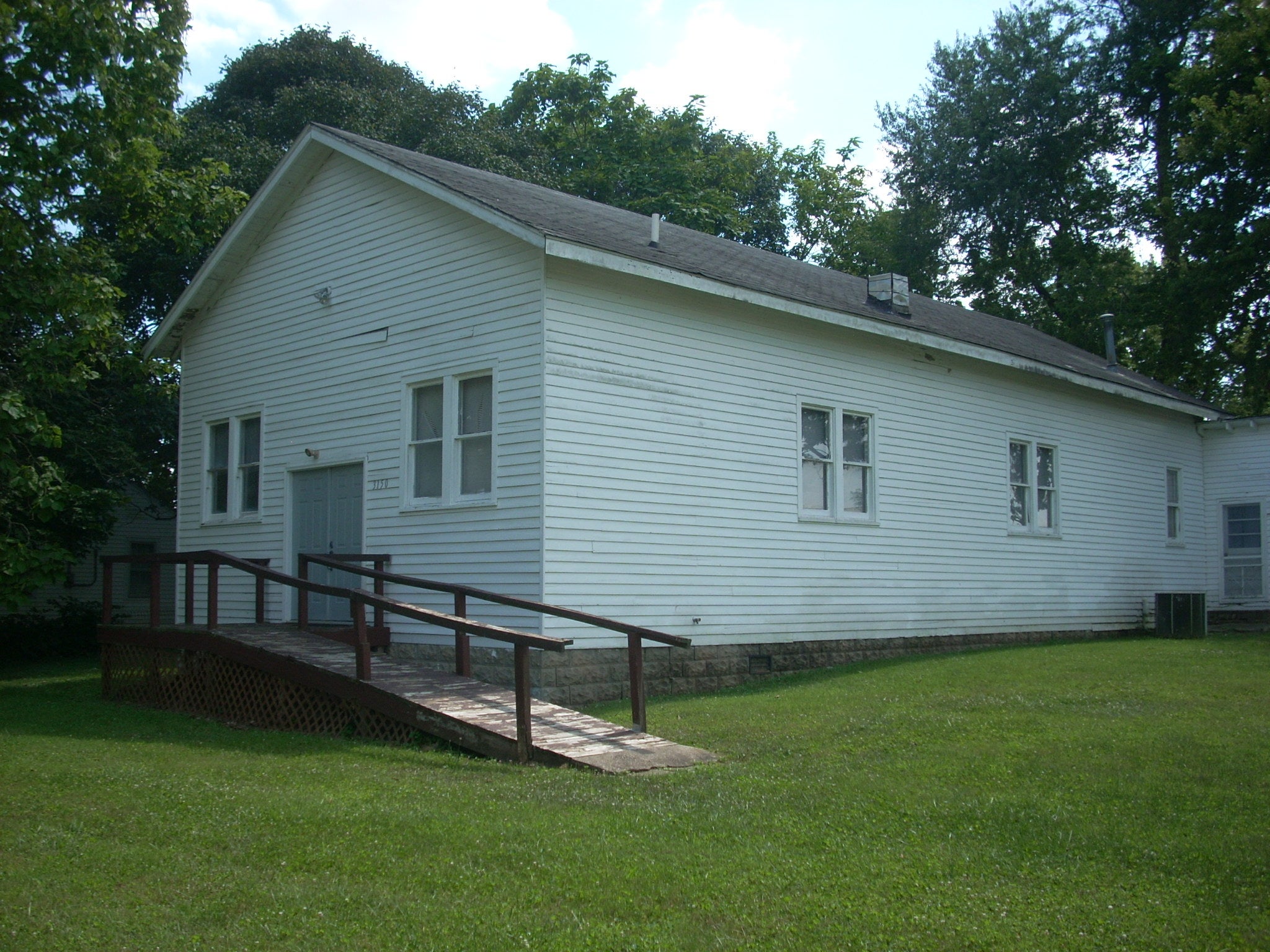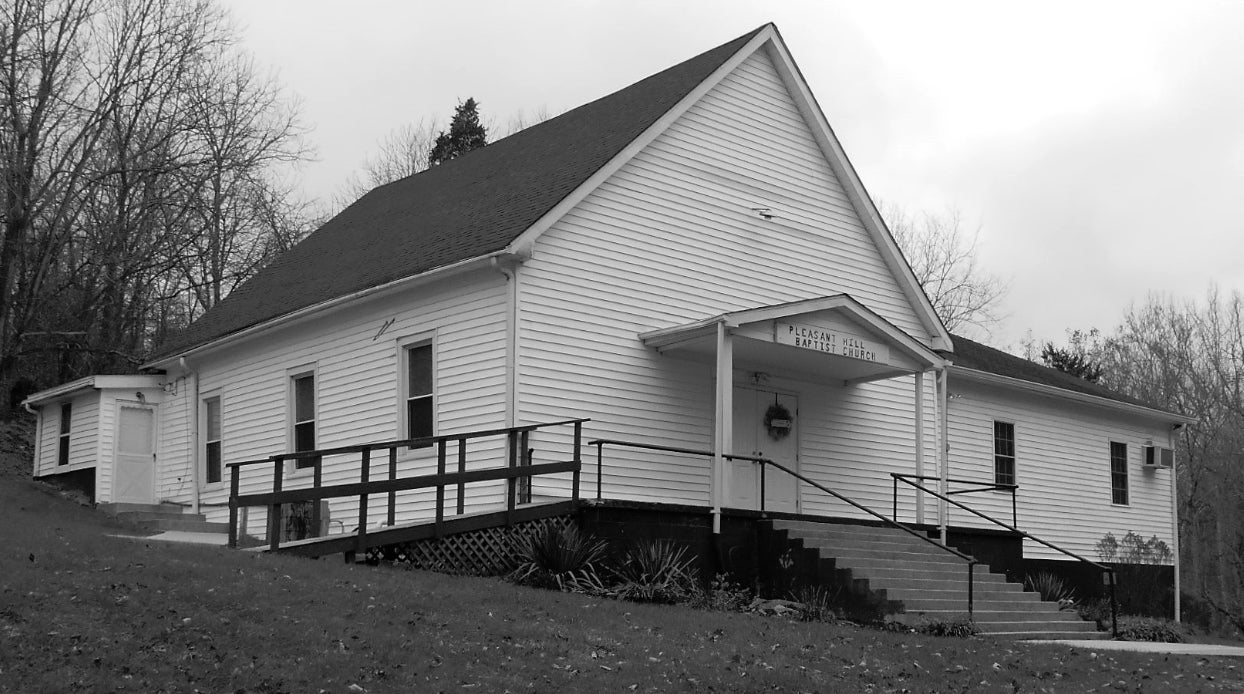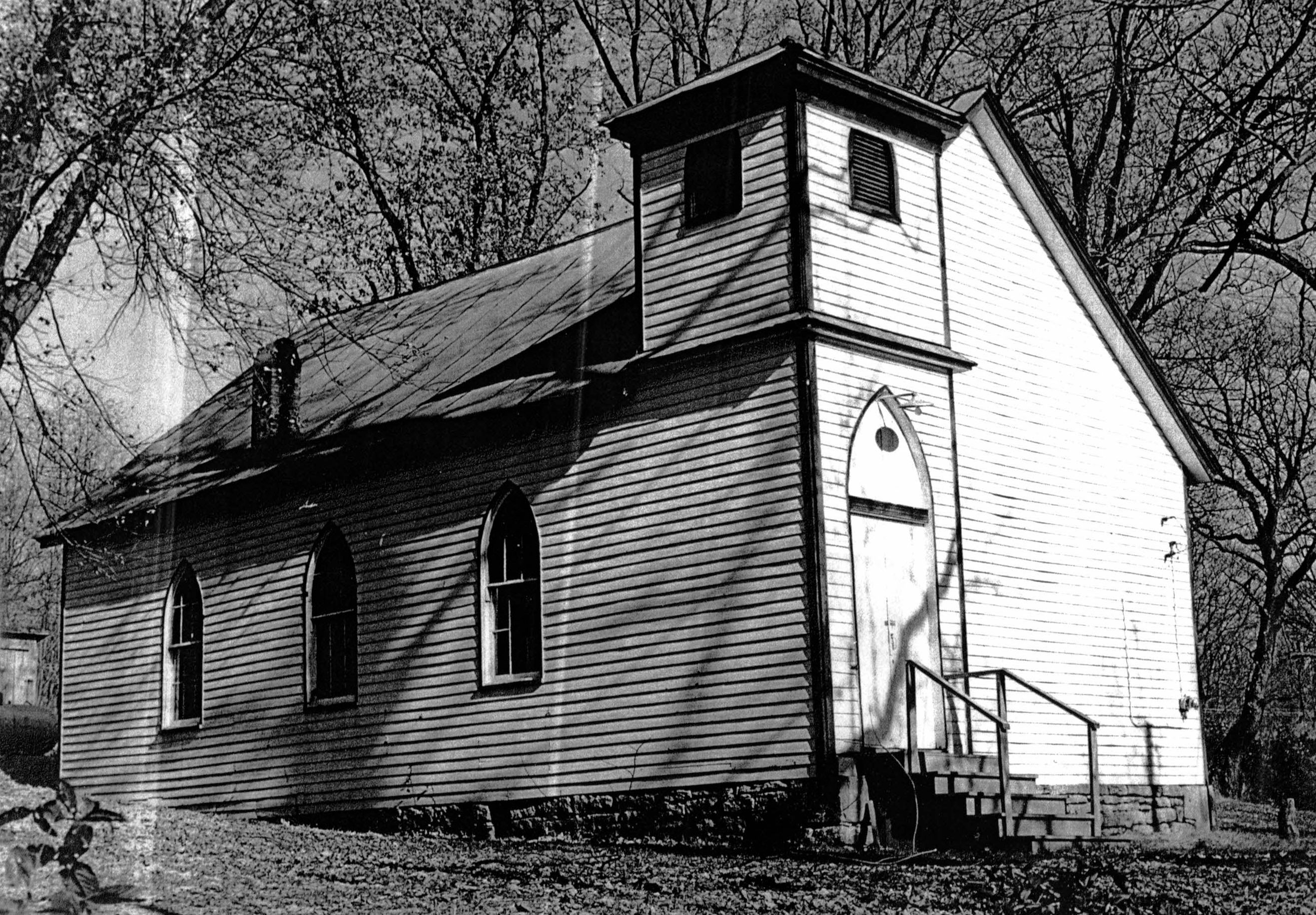Clark County’s early African-American churches
Published 8:33 am Friday, July 21, 2017
This is the continuation of a column that appeared in the Winchester Sun July 7. Broadway Baptist Church was omitted from this installment but will be discussed in a future column.
In April 1872, James S. Lane sold one acre on Holder’s Road to James Baker, Charles Fishback, John Green and Civil War veteran Jack Rones, “trustees of the Colored Baptist Church of Pine Grove.” The land was on what is now Venable Road, a half mile from Old Pine Grove. The church building is long gone, but the foundation stones, spanning about 30 feet by 30 feet, are still in place. Hillcrest Cemetery is located on the adjacent site.
The successor congregation, Gentile Pine Grove Baptist Church, now simply Gentile Baptist Church, moved to Winchester, where it stands at the corner of Elm and Fifth Street.
In March 1876, W. N. West sold a lot fronting on the south side of Broadway to the “Colored Christian Church of Winchester” represented by trustees John Judy, Granville Woodward and Alfred Frazier. The frame church that burned here in about 1896 was replaced by a larger frame building. In 1957 the latter building was torn down and the present brick church erected on the site. Broadway Christian Church is still an active congregation led by its charismatic pastor, Rev. Raymond H. Smith Jr.
In March 1881, Lewis McVane, Nelson Seals and Dudley Irvine, “committee men for the Pleasant Hill Baptist Church,” purchased a small lot on Jouett Creek from Lydia Aldrich. The church stands on the south side of Athens-Boonesboro Road, where the road crosses the creek. An early colored school also stood on the site. The church and grounds are still well maintained, and a small cemetery has been fenced off to protect the gravestones.
In August 1881, Jeremiah McKinney sold an acre of land to trustees Newton Murray, Joseph Murray and James Johnson, for “a place of Divine worship for the use of the Ministry and Membership of the Methodist Episcopal Church in the United States of America.” Four years later, Joseph Murray sold the trustees of “M. E. Church of Howard’s Lower Creek” a small parcel of land “on which to build a church edifice.” The deed description places the lot in a bottom on the north side of the creek, less than a half mile downstream from the Old Stone Church. Murray’s deed states that the church was to be known as “Boone’s Chapel.” In 1892 when they sold off part of their lot, the church was referred to as “Murray’s Chapel.” No other information was found.
In November 1883, George and Phillis Gaitskill sold an acre of land to William Wilson, Manson Vivion and Harry Haggard, who were trustees of the “Colored M. E. Church of Corinth.” A black congregation met here for more than a century, but Corinth CME Church is no longer in use. The handsome frame building, located on L & E Junction Road, is listed on the National Register of Historic Places. The church has begun to fall into disrepair.
In October 1888, D. P. and Charlotte Scott sold a lot to Clark Tibbs, Jackson M. Taylor, Lee Mason and Perry Richardson, who were “trustees of a Colored Baptist Church being organized in Clark County.” These men represented “the Colored Baptist Church at Becknerville.” A 1926 map of the county shows the “Colored Church & School” on the west side of Waterworks Road at Becknerville. Now known as Houston Baptist Church, Rev. Timothy F. Lynem is pastor of the congregation.
In November 1889, Wayne Morton, Thomas Miller and Sanford Miller, trustees for the “Colored Methodist Episcopal Church in America,” paid $20 for one quarter acre of land “on the waters of Stoner Creek.” The premises were to be used “as a place of divine worship” and “for public school purposes.” Two years later a deed of correction was signed stating that the original purchaser “of the lot on which a church is now being built” was actually the Colored School District #7. Church trustees and school trustees agreed to joint ownership of the lot and building that would be used by both parties, and further agreed to share expenses equally. Deed records indicate that the church and school were located on Goose Creek Road, a dirt lane at that time. When Sanford Miller’s estate was divided among his heirs in 1896, the accompanying map shows the church lot on the left side of Goose Creek Road, about 100 yards south from where the road crosses Goose Creek. The school was not mentioned. No other information found regarding the church.
Much more work needs to be done to document these historic churches.
My apologies for any errors that may be found in my work. I would appreciate any corrections or additions (henoch1945@gmail.com).
Thanks to Jerry Cecil for help.
Harry Enoch, retired biochemist and history enthusiast, has been writing for the Sun since 2005.








